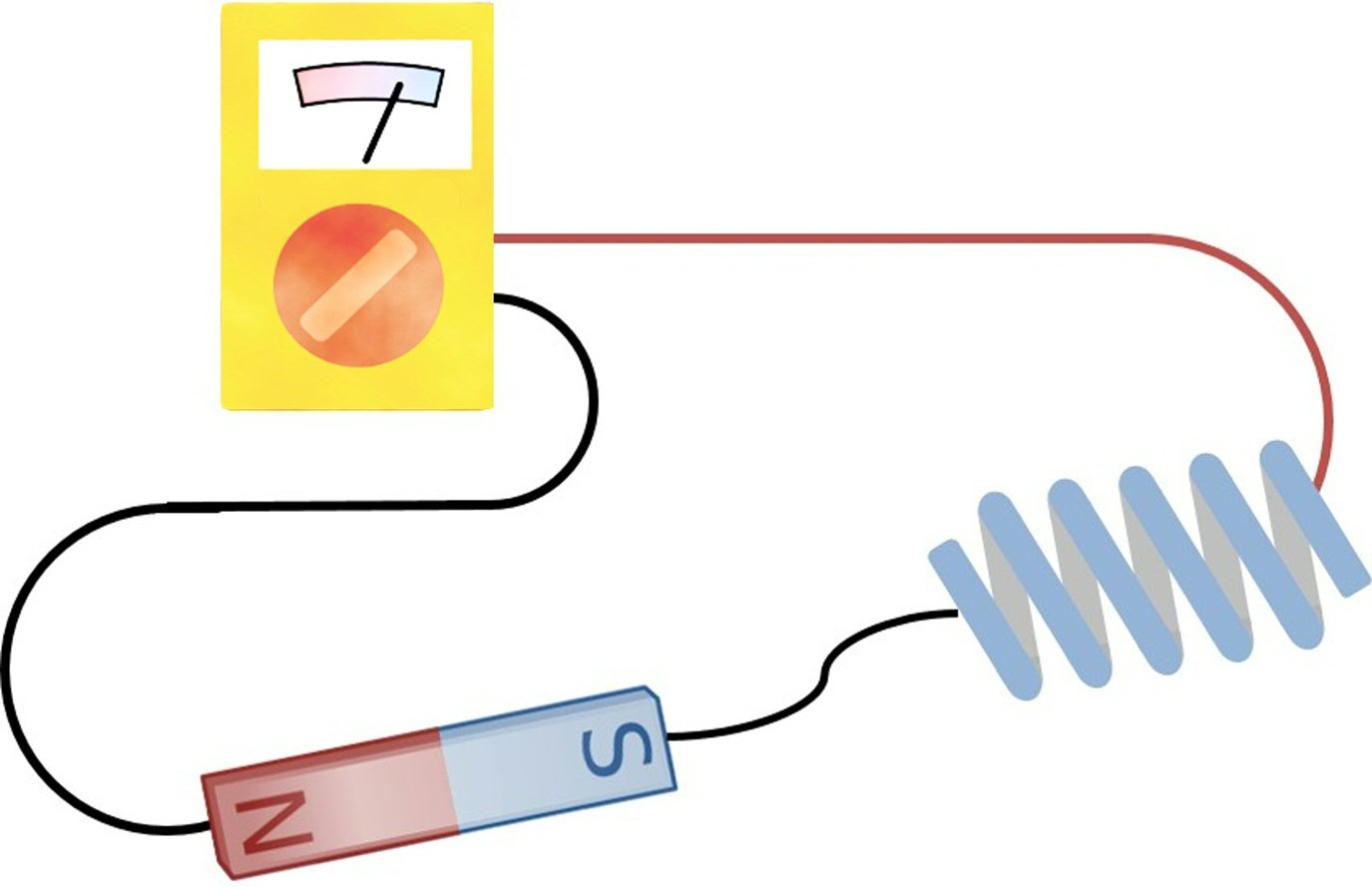Finding the missing mirror in spintronic nanodevices
When it comes to next-generation electronics beyond the current silicon-based technologies, spintronics is a top contender. It uses spin, the magnetic property of electrons, instead of their electric charge, to encode and decode digital information. A challenge surrounding spintronics is to efficiently convert between spin and charge signals. Usually, scientists use relatively large magnetic materials for this purpose, but a number of experiments in the past years seem to indicate that some tiny molecules with a certain shape can do the same trick too. You may wonder, can we then use these molecules in spintronic devices? If so, what kind of signals can we get? And what do these signals tell us about the molecules? This is exactly what PhD student Xu Yang, prof. Caspar H. van der Wal, and prof. Bart J. van Wees from the Zernike Institute for Advanced Materials (ZIAM, University of Groningen, the Netherlands) wish to answer with their new theory. Their results were recently published in the journal Nano Letters.

The Missing Mirror
The special thing about these molecules is that their mirror images are different from themselves. Think of it as your hands. The mirror image of your left hand is your right hand—and it cannot fit comfortably in your left-handed glove. These molecules are called chiral molecules, and they are widely available in nature, especially in living organisms. Being able to use them for spintronics has huge potentials. It not only allows for even smaller nanodevices, but can also dramatically reduce the cost of such devices. What’s more, it opens up an avenue of using spintronic technologies for chemical and biological applications. This is exactly why it is so important to understand the link between these chiral molecules and spintronic signals coming from nanodevices.
Spintronic Signals
It turns out that, if one simply uses chiral molecules to replace a magnet in typical spintronic nanodevices, fundamental laws of nature would prevent the characteristic spintronic signal—the magnetoresistance (MR) signal—from arising in the linear regime (the common operating regime of electronic nanodevices). This was pointed out in an earlier publication from the same ZIAM physicists, and now in their new publication, they show that the MR signals can indeed emerge as we go beyond the linear regime.
‘To generate the MR signals outside the linear regime, electrons with different energies must experience different environments as they travel through the spintronic nanodevice,’ explains Yang, ‘and they must lose some of their energy.’ In this way, a nanodevice containing a molecule, a magnet, and two electrodes can indeed tell whether the molecule is chiral, and can even distinguish the opposite mirrored forms of such molecules. This result also goes beyond molecules, since the missing mirror symmetry is only about geometry, not the chemistry, which means it can happen for other materials as well.
Future Nanodevices
The ZIAM physicists also provide a new theoretical tool to model these spintronic nanodevices, and they can indeed largely reproduce signals that were observed in past experiments. ‘Thanks to the new understanding beyond linear regime, we can now explain what determines the sign of these signals.’ Moreover, they propose a completely new type of spintronic nanodevice—one that is fully built from chiral molecules, without using any magnetic materials at all. It relates the digital bits of 0 and 1 to the opposite mirror images of chiral molecules, and opens up the possibility of processing digital information by controlling the shape of these molecules. ‘We hope these results bring further understandings to the fundamental connection between molecular chirality and electronic spin, and inspire the design of future spintronic devices.’
Reference
Xu Yang, Caspar H. van der Wal, and Bart J. van Wees, Detecting Chirality in Two-Terminal Electronic Nanodevices, https://pubs.acs.org/doi/full/10.1021/acs.nanolett.0c02417, Nano Letters, July 16, 2020.
For more information please contact Prof.dr.ir. Bart J. van Wees
| Last modified: | 29 July 2020 3.05 p.m. |
More news
-
24 March 2025
UG 28th in World's Most International Universities 2025 rankings
The University of Groningen has been ranked 28th in the World's Most International Universities 2025 by Times Higher Education. With this, the UG leaves behind institutions such as MIT and Harvard. The 28th place marks an increase of five places: in...
-
05 March 2025
Women in Science
The UG celebrates International Women’s Day with a special photo series: Women in Science.
-
16 December 2024
Jouke de Vries: ‘The University will have to be flexible’
2024 was a festive year for the University of Groningen. In this podcast, Jouke de Vries, the chair of the Executive Board, looks back.
